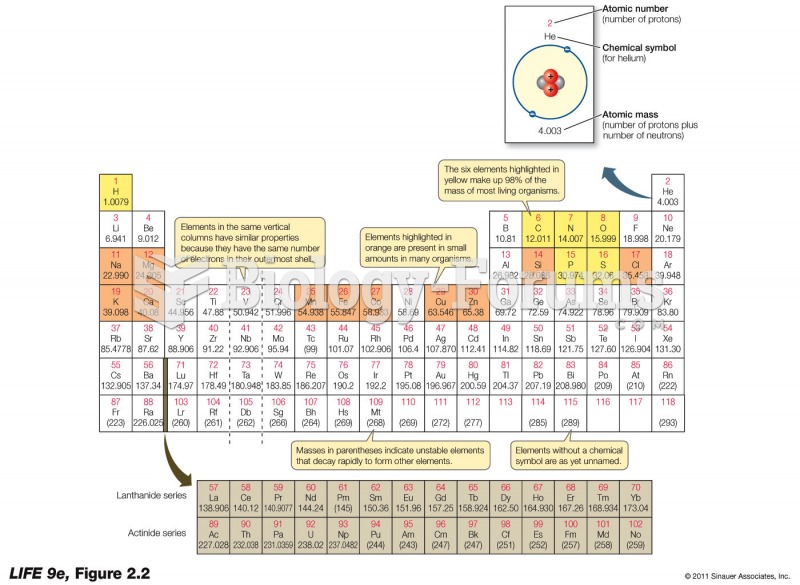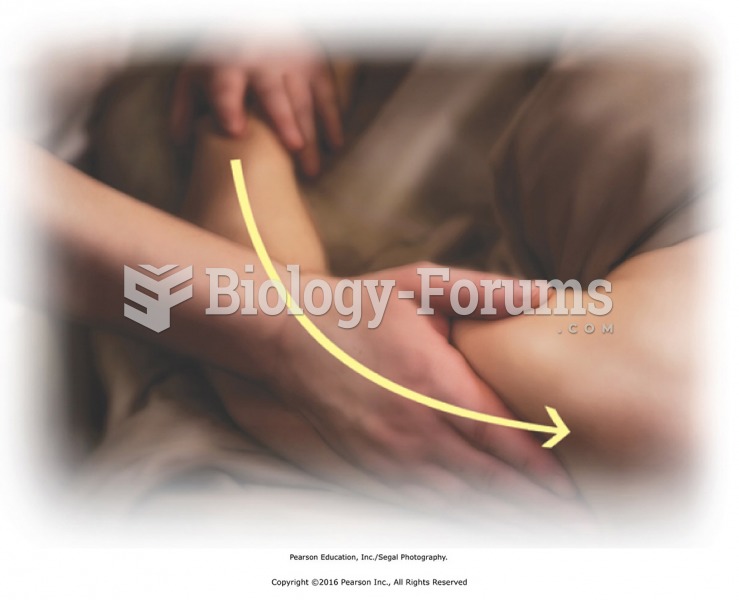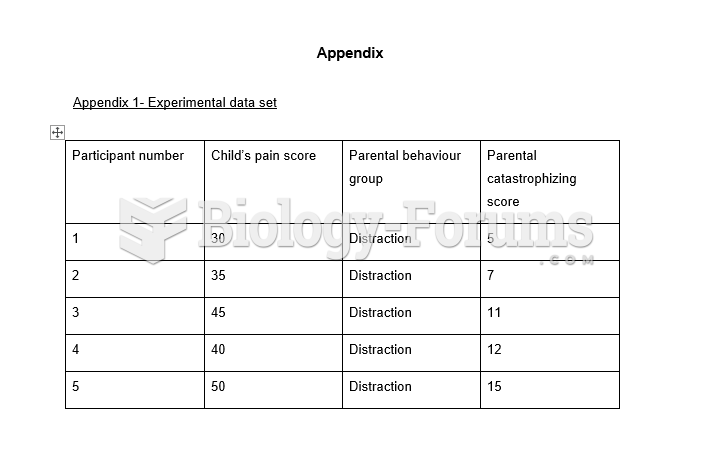| Age | A Youngster's Experience | Developmental Concepts
Considering the Accuracy of Information | Implications
Drawing Appropriate Conclusions |
| Infancy (Birth-2) | An 18-month-old baby, Harriet, is drowsy when an unfamiliar adult tries to examine her recognition of common household words, such as ball. The girl fails to point to particular objects when the adult asks her to do so. | The fact that Harriet is not alert, the task is somewhat artificial, and the adult is a stranger raises questions about the task's validity as an indication of the child's ability. | |
Early Childhood (2-6)
| Four-year-old Seth takes a children's picture book, points at each page, and tells the teacher what each page says.
| | The researcher realizes that more observations are needed to determine whether Seth can read. It may also be helpful to talk with the boy about his interests and abilities in reading. |
Middle Childhood (6-10)
| A teacher is conducting action research on her students' performance in mathematics. One 9-year-old boy, Ryan, turns in a blank paper each time the class does math worksheets. Ryan has recently moved from another state, and the teacher does not yet know what Ryan's skills are. He is very quiet.
| The teacher examines each child's written work, talking with children individually about their interests in math and watching them as they perform mathematical operations. The teacher appreciates that she is just getting to know Ryan and that there are many reasons why he might not be completing the math problems. The inference that Ryan is not able to do the work may not be valid. | The teacher cannot draw firm conclusions about Ryan's mathematical skills. There are countless reasons why he is not doing well on the worksheets — perhaps he has not yet been exposed to multiplication, feels anxious about math, or is bored with the task. Alternatively, he might be shy and worried about being in the new classroom. The teacher realizes that she needs more information before she can draw any conclusions about Ryan's abilities. |
Early Adolescence (10-14)
| Twelve-year-old Mary completes a survey related to sexual harassment at school. In her responses to some items, Mary reports that she has been touched inappropriately while walking down the school hall and has been the recipient of unwanted comments about her physical appearance. On other items, Mary responds that she has not been a victim of sexual harassment. | The researcher notices that Mary's responses are not consistent (that is, not reliable) and therefore may not be valid. It is possible that Mary interprets some of the items differently than the researchers do or perhaps she completed the survey while distracted or unmotivated to give her honest responses. | The researcher determines that it will be necessary to look at all students' responses before drawing conclusions about sexual harassment at school. The researcher may choose to implement other surveys or follow up with informal interviews among a few of the students.
|
Late Adolescence (14-18)
| Seventeen-year-old Melinda has had a brain scan. Her scan seems to show that some brain areas, especially those areas devoted to planning ahead and using good judgment, are less mature than those in typical adult brains.
| Adolescent brains are undergoing continuous refinement as they change with maturational processes and experience. The results of a single brain scan should not be taken too seriously, however. Any single result cannot be assumed to be completely valid or reliable. | |







